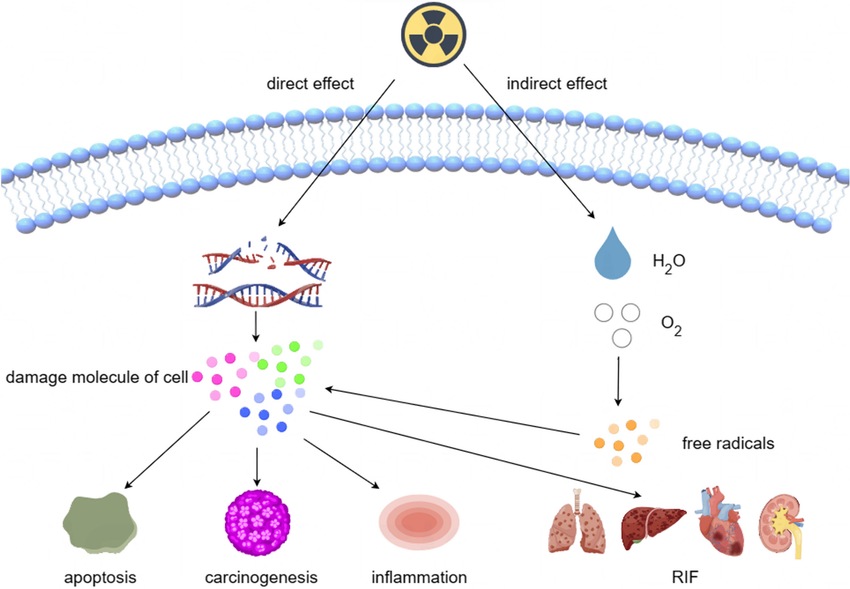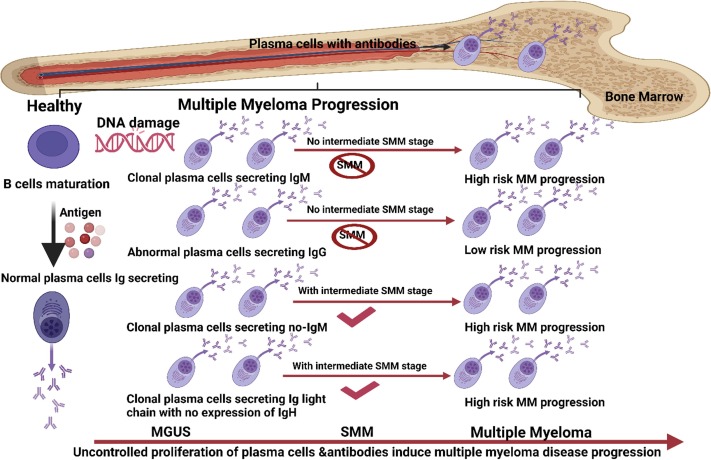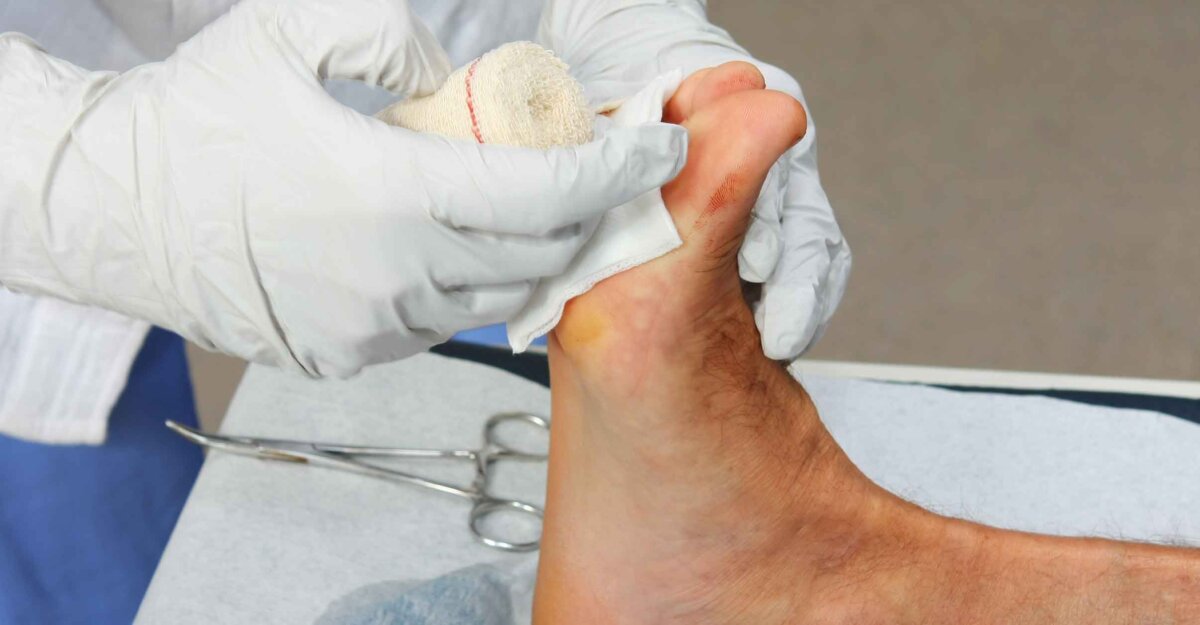
Histopathologic Changes in Pneumonia
Pneumonia is an inflammatory condition of the lung primarily affecting the alveoli. Under a microscope, histopathologic changes can be observed that reflect the underlying pathophysiology of pneumonia. The following are key histopathological features associated with pneumonia:
- Alveolar Infiltration:
- The most prominent feature is the presence of inflammatory cells in the alveolar spaces. These typically include neutrophils, macrophages, and lymphocytes.
- In bacterial pneumonia, neutrophils are predominant, while viral pneumonia may show a mix of lymphocytes and macrophages.
- Consolidation:
- The alveoli may become filled with exudate, leading to consolidation of lung tissue. This appears as a solid mass rather than normal air-filled spaces on microscopic examination.
- Hyaline Membranes:
- In cases of severe pneumonia, particularly in viral infections or acute respiratory distress syndrome (ARDS), hyaline membranes may form due to damage to the alveolar epithelium and increased permeability.
- Bronchiolitis:
- Inflammation can extend to small airways (bronchioles), leading to bronchiolitis characterized by necrosis and inflammation of bronchiolar epithelium.
- Fibrosis:
- Chronic pneumonia may lead to fibrosis or scarring in the lung tissue due to prolonged inflammation and healing processes.
- Necrosis:
- In some cases, especially with certain pathogens like Staphylococcus aureus or Klebsiella pneumoniae, necrotizing pneumonia can occur where there is significant tissue destruction.
Causative Organisms
The causative organisms of pneumonia vary based on several factors including age, immune status, and environmental exposure. Common pathogens include:
- Bacterial Pathogens:
- Streptococcus pneumoniae: The most common cause of community-acquired pneumonia.
- Haemophilus influenzae: Often seen in patients with chronic lung disease.
- Mycoplasma pneumoniae: Atypical pathogen often causing milder forms of pneumonia.
- Klebsiella pneumoniae: Associated with necrotizing infections and often seen in alcoholics or those with chronic illness.
- Viral Pathogens:
- Influenza virus: A significant cause during flu season.
- Respiratory syncytial virus (RSV): Particularly affects infants and young children.
- Fungal Pathogens:
- Histoplasma capsulatum and Coccidioides immitis: Important in immunocompromised patients or those living in endemic areas.
- Other Pathogens:
- Mycobacterium tuberculosis: Causes tuberculosis which can present as a form of pneumonia.
Stages of Pneumonia Under a Microscope
Pneumonia progresses through several distinct stages that can be identified microscopically:
- Congestion (Day 1-2):
- Red Hepatization (Days 3-4):
- Alveoli fill with red blood cells, neutrophils, and fibrinous exudate.
- The lung appears firm and red due to the accumulation of these components resembling liver tissue (hence “hepatization”).
- Gray Hepatization (Days 5-7):
- Red blood cells begin to break down; neutrophils remain prominent along with fibrin deposition.
- The lung appears grayish due to this breakdown process.
- Resolution (Days 8-14):
- Neutrophils decrease as macrophages clear debris from the alveoli.
- Restoration of normal architecture begins as fibroblasts proliferate; resolution may lead to complete recovery or fibrosis if healing is incomplete.
In summary, histopathological examination reveals distinct changes associated with different stages of pneumonia caused by various organisms ranging from bacteria to viruses and fungi.







